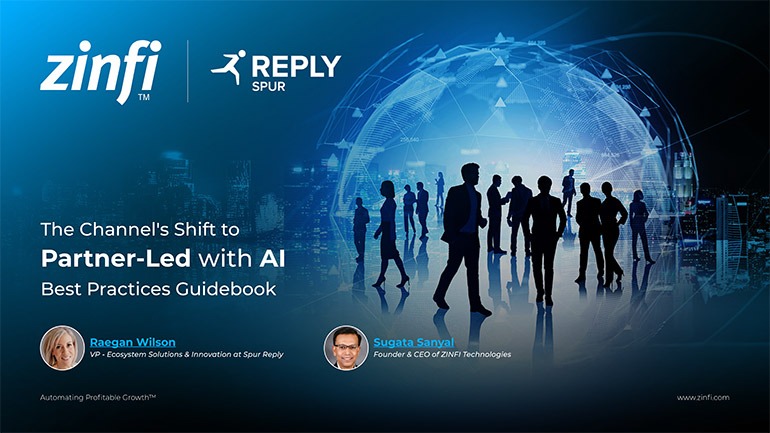Best Practices Articles

Optimizing Sales Development with Advanced Lead Management Software in the AI Era
Sales development transformed. It moved from old calls to strategic, AI-driven outreach. Lead management software became vital. AI and intent data now guide SDRs, helping them find interested buyers and personalize messages. Traditional methods failed due to buyer fatigue and new tech. Modern SDR teams focus on building rapport and using advanced tools for lead management and automation. They track new metrics like connection rates and conversation quality. The future of sales development relies on precision, innovative technology, and empowered SDRs using robust lead management systems to drive revenue growth.
Key Takeaways
- AI has revolutionized sales development.
- Lead management software is crucial.
- Old sales methods no longer work.
- AI and intent data guide SDRs.
- New metrics measure impact, not just activity.
- Modern SDRs build connections.
- Tech stacks enhance productivity.
- Empowered SDRs drive revenue.
- Adaptation is key for success.
Sales development changed drastically. It once relied on cold calls and basic contact lists. Now, it blends human skill, automation, and AI. The Sales Development Representative (SDR) role shifted. It became a strategic, insight-driven job. SDRs now combine analytics with emotional intelligence.
Modern sales development avoids guesswork and inefficiency. Organizations demand high-impact engagements. They need precise outreach and real-time feedback. This feedback guides market decisions. SDR teams must adapt quickly. Technology evolves monthly. It integrates with marketing and sales. This produces revenue-ready leads. AI tools accelerated this change. Remote work and data signals redefined sales development. Leaders must rethink hiring, onboarding, coaching, and metrics. They deploy frameworks that balance scale with personalization. They use technology without losing human connection. Effective lead management software is key for this modern approach.
Traditional Sales Development Fails; Better Lead Management Software is Essential
In the past, organizations focused on high-volume outbound strategies—SDRs measured success by call counts and email open rates. Sales teams used simple CRMs and basic dialers. They used generic messages to reach prospects. A typical SDR followed a rigid process. They downloaded a list, made 100 calls, and sent automated emails. They hoped for a reply.
This method failed. Buyers experienced fatigue. Communication habits changed. Digital gatekeepers emerged. Corporate spam filters are advanced. Buyers stopped answering unknown numbers. Open rates dropped. Remote work took hold. Office lines became obsolete. Direct dials vanished. The email-first strategy collapsed. Regulations and deliverability issues caused this.
Organizations clung to old tactics. But results declined. They experienced high SDR turnover. They failed to meet pipeline goals. Sales leaders saw that new hires lacked support, tools, and training. The environment no longer responded to old outreach. Buyers also evolved. They researched independently. They consumed peer reviews. They relied on internal referrals. They no longer welcomed scripted outreach. They expected insights. Sales development needed to offer real solutions, not just products. This shift among buyers demanded a radical change in SDR methods. Advanced lead management software has become crucial for modern sales teams.
AI and Intent Drive Sales Engagement; Lead Management Automation Excels
AI changed how SDRs approach prospecting. AI identifies buyer intent. It analyzes thousands of data points. These include web behavior, social activity, and third-party platforms. These signals replace guesswork with insight. Teams now time their outreach. They align it with behavioral triggers. These triggers show genuine interest.
SDRs target specific prospects. They don't call random lists. They target those who recently consumed content, changed jobs, or interacted with peer companies. AI also helps compose personalized messages. Tools synthesize company news and social media activity. They draft contextual emails and call scripts. AI augments SDR productivity and accuracy. It doesn't replace them.
Dialers evolved into power dialers. They use AI-backed call scoring. This helps teams prioritize prospects. They call those most likely to answer. Conversational intelligence tools analyze call recordings. They identify patterns in successful conversations. They flag coaching opportunities. These insights drive continuous improvement. They shorten ramp times for new hires. AI accelerates experimentation. Teams test sequences, scripts, and timing variations at scale. They get real-time feedback on what works. This rapid iteration elevates performance without adding headcount. High-performing SDR teams use AI to optimize outreach. This includes target selection and messaging cadence. This is where lead management automation truly shines.
Intent platforms are essential. Tools like Bombora show buyers' interest in specific topics. SDRs use this data to create relevant messaging. Companies also use first-party website analytics. They detect anonymous visits from target accounts. Then, they initiate timely outreach. These changes create a proactive approach. SDRs don't wait for leads. They hunt opportunities based on digital signals. They meet prospects in the awareness stage. This makes sales development a strategic function. It contributes to top-line growth. Robust lead management system capabilities greatly facilitate this.
Building SDR Teams for Modern Sales Environments with Effective Lead Management
Success starts with different hiring. Companies no longer seek generalists. They prioritize grit, coachability, and familiarity with sales technology. New SDRs must understand modern tools. They adapt to structured workflows. Leaders vet candidates with role-play exercises. They test critical thinking under pressure.
Once hired, reps enter immersive training. Training focuses on live scenarios, peer reviews, and real-time feedback. They participate in virtual sales floors. They collaborate across deals. They receive daily coaching. Modern sales development culture thrives on camaraderie, shared learning, and continuous adaptation.
Retention depends on a dynamic environment. SDRs need more than scripts and quotas. They require clear progression paths and meaningful feedback. They need a sense of contribution. Empowered reps build personal brands. They create thought leadership content. They contribute to strategic initiatives beyond dialing.

Enablement plays a central role. Teams equip SDRs with high-quality contact data. They provide battle-tested messaging frameworks. They give integrated technology stacks. Playbooks define cadence structure and call goals. They cover objection handling and escalation protocols. SDRs operate within a clear system. This guides them without stifling creativity.
Sales managers foster excellence through structured coaching. They monitor recorded calls. They host regular one-on-ones. They provide actionable feedback. High-performing teams invest in team-wide retrospectives. They identify best practices. They turn learning into a repeatable process. The modern SDR acts as a brand ambassador. They engage with prospects on social platforms. They contribute to community discussions. They humanize the outreach process. Leaders encourage this behavior. They recognize social engagement metrics alongside traditional performance indicators. Effective lead management software significantly streamlines all these efforts.
The Modern Sales Tech Stack and Comprehensive Lead Management Software
Today’s SDR teams rely on a robust, interconnected tech ecosystem. The CRM is at the center. Dialers, sequencing tools, conversation analytics, and enrichment platforms surround it. Engagement insights are also crucial. Each layer enhances productivity and visibility.
Power dialers like Orum and Nooks allow parallel dialing. They integrate directly with CRMs. Sequencing tools such as Outreach and Salesloft automate workflows. They preserve personalization. These platforms guide SDRs through multi-step engagement plans. They cover voice, email, and social channels.
Conversation intelligence platforms (Gong, Itero) record and analyze calls. They extract insights from conversations. They pinpoint winning techniques. These tools shorten onboarding timelines. They improve script design. Data enrichment providers like ZoomInfo and SalesIntel offer real-time contact updates. They ensure reps always reach the right person.
Intent platforms like Bombora inform targeting decisions. They identify companies researching specific solutions. Teams combine this data with website visitor analytics. They also use LinkedIn activity. This helps them build highly targeted prospecting lists. The integration of these tools creates an agile environment. SDRs act on real-time insights. A comprehensive lead management software solution often integrates many of these functionalities.
Companies benefit from integrated reporting dashboards. These dashboards consolidate call data, email engagement, and social touchpoints. Managers track performance holistically. They optimize workflows across the funnel. Predictive analytics also forecasts pipeline impact. This is based on SDR activity. It gives leadership a real-time view of sales velocity. AI-based tools now power lead scoring and prioritization. They even help with territory design. Reps no longer chase leads randomly. They work on curated lists of high-potential accounts. These lists are based on real-time data. This shift increases effectiveness. It improves the SDR’s confidence in their process. This is all thanks to intelligent lead management automation.
New Metrics for a New Era Driven by Lead Management Insights
Legacy metrics like dial counts and open rates no longer define SDR success. Modern teams track connection rates and conversation quality. They measure conversion from intent signal to meeting. They measure performance through impact, not just activity.
Connection rate shows how many meaningful conversations SDRs achieve. Tools now optimize calling times. They prioritize high-connect numbers. Teams study which contacts are reachable. They adjust strategies accordingly. They don't just count dials.
Conversation length and tone analysis reveal SDR performance. Do SDRs build rapport, handle objections, and earn trust? Managers review recorded calls. They assess reps on empathy, listening skills, and value articulation. Conversion metrics track how many conversations lead to meetings or pipeline movement.

Teams also score the value of non-booked calls. An interaction holds value if a prospect expresses future interest. Or if they provide competitor intelligence. SDRs document these insights. They loop them back into marketing or product functions. Performance reviews now focus on qualitative feedback. They emphasize strategic contribution. Leaders recognize reps who improve messaging and refine targeting. They also acknowledge contributions to brand visibility. The SDR’s role expanded beyond booking meetings. They now influence organizational strategy. All these metrics are more effectively tracked and analyzed with advanced lead management software.
Companies use machine learning to refine attribution models. They identify which SDR actions result in long-term customer value. This holistic view aligns SDR success with revenue impact. It ensures SDRs get credit for influencing deals, not just booking meetings. This comprehensive approach to lead management is vital.
Conclusion: The Future is Lead Management Software
Sales development doesn't rely on volume and repetition anymore. It succeeds through precision, personalization, and adaptability. The modern SDR combines grit, technical fluency, and human connection. They also bring analytical rigor. AI enhances its capabilities. But success still depends on execution, discipline, and continuous learning.
Organizations that stick to old methods fall behind. Those that embrace AI-driven intent signals and modern enablement thrive. They use integrated tech stacks. They create cultures where SDRs grow and contribute. They drive measurable impact. The evolution of sales development reflects broader shifts in B2B engagement. Buyers demand relevance. Teams must deliver it through insight-led outreach, empowered talent, and innovative technology.
As the landscape shifts, sales development remains a cornerstone of growth. It will continue to evolve. SDRs became dynamic roles in the go-to-market function. They serve as the first human contact. They are brand ambassadors. They bridge product and prospect. Their performance now relies on enablement and AI intelligence. It also depends on building genuine connections across digital platforms. Companies empower SDRs through thoughtful hiring and structured training. They give real-time feedback. This creates scalable engines for revenue growth. This evolution demands ongoing adaptation. Leadership must treat sales development as a strategic asset, not just a stepping stone. Lead management software sits at its core.
Best Practices Guidebook
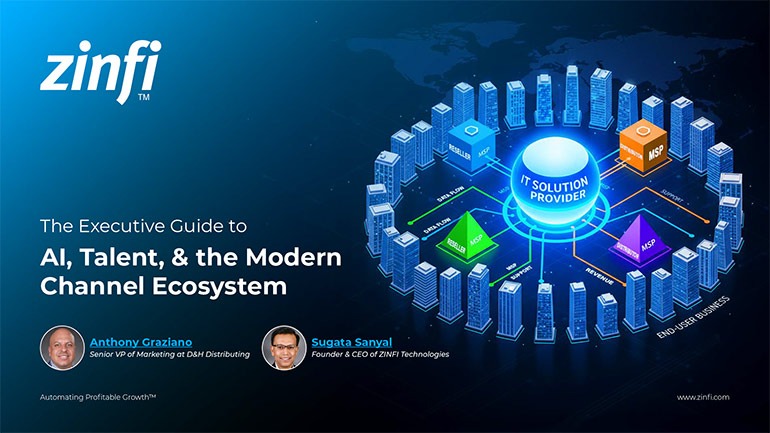 Modernizing Channel Marketing: AI and Ecosystem Enablement Best Practices
Modernizing Channel Marketing: AI and Ecosystem Enablement Best PracticesDownload for FREE
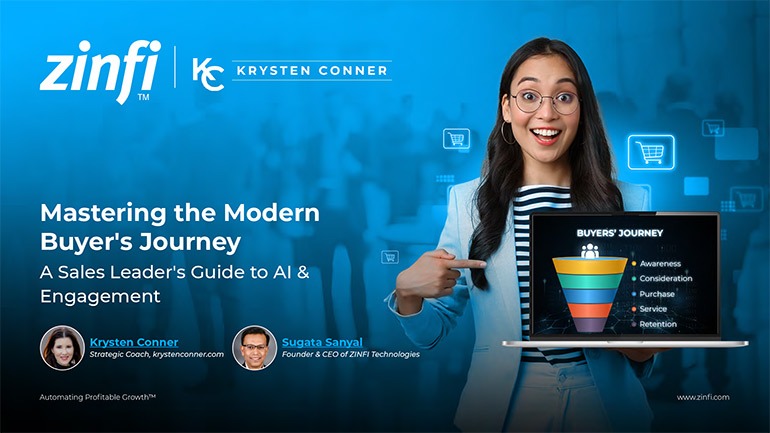 The Channel’s Shift to Partner-Led With AI Best Practices
The Channel’s Shift to Partner-Led With AI Best PracticesDownload for FREE
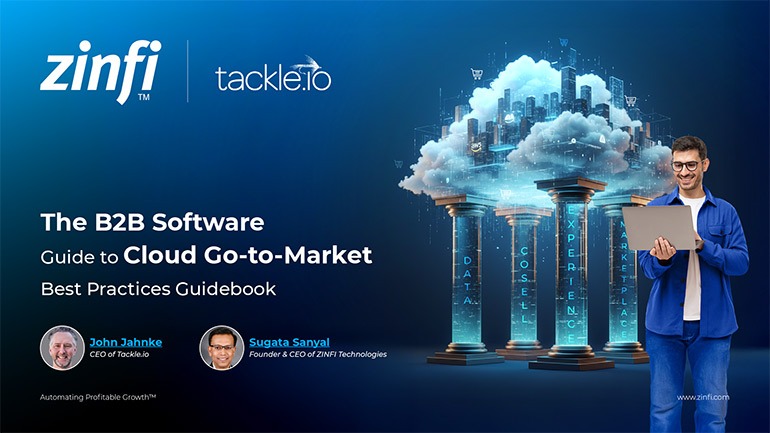 Hyperscalers, ISVs, and AI: Shaping the Future of B2B Software Distribution
Hyperscalers, ISVs, and AI: Shaping the Future of B2B Software DistributionDownload for FREE
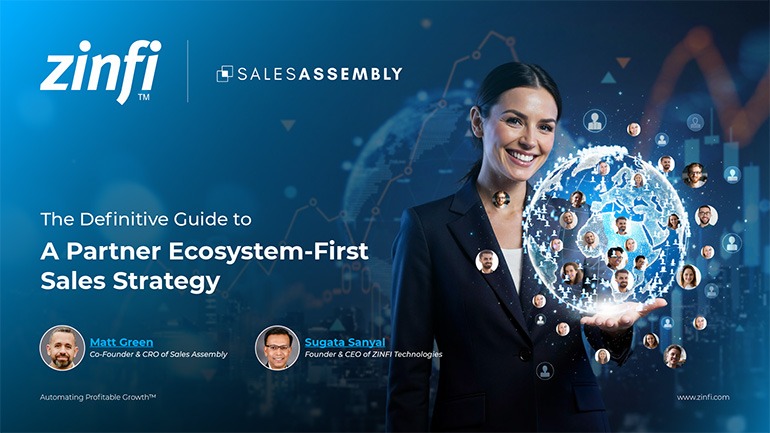 Definitive Guide to a Partner Ecosystem-First Sales Strategy
Definitive Guide to a Partner Ecosystem-First Sales StrategyDownload for FREE
 The Partner-Led Digital and AI Transformation Best Practices
The Partner-Led Digital and AI Transformation Best PracticesDownload for FREE
 Startup Talent Recruitment: Hiring Missionaries, Not Mercenaries
Startup Talent Recruitment: Hiring Missionaries, Not MercenariesDownload for FREE
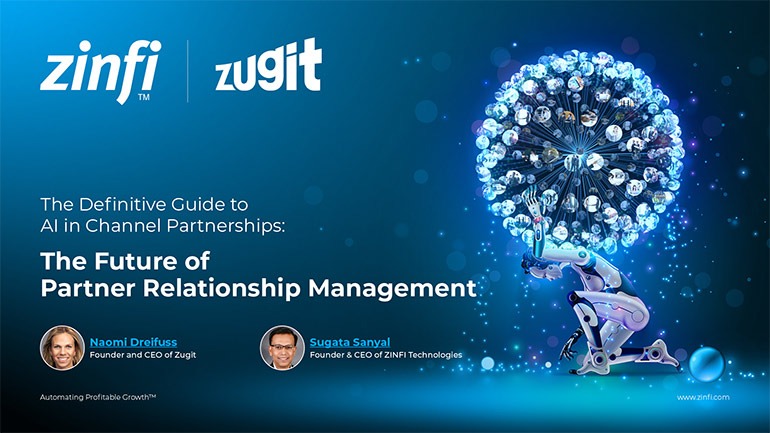 The Future of Partner Relationship Management with AI in Partnerships
The Future of Partner Relationship Management with AI in PartnershipsDownload for FREE
 Cybersecurity for the 99%: Strategies from the Frontline
Cybersecurity for the 99%: Strategies from the FrontlineDownload for FREE
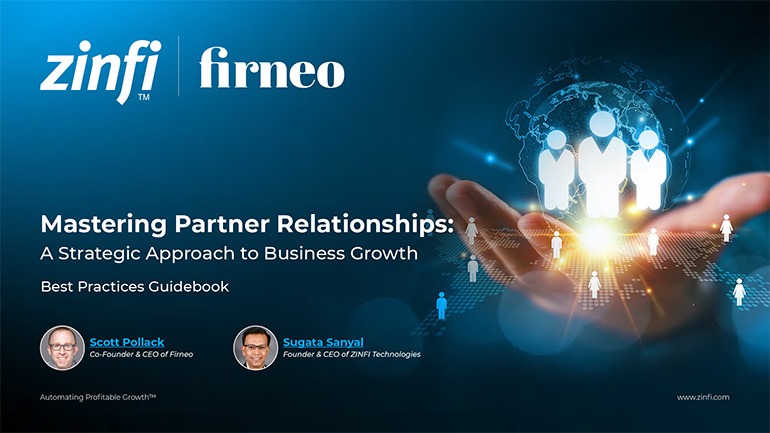 Mastering Partner Relationships: A Strategic Approach to Business Growth
Mastering Partner Relationships: A Strategic Approach to Business GrowthDownload for FREE
 Mastering Partner Relationship Management: Keys to SaaS Channel Success
Mastering Partner Relationship Management: Keys to SaaS Channel SuccessDownload for FREE
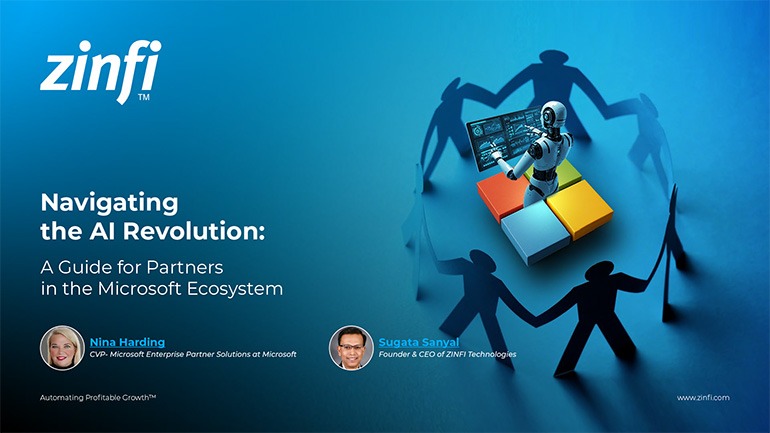 Navigating the AI Revolution: Guide for Partners in the Microsoft Ecosystem
Navigating the AI Revolution: Guide for Partners in the Microsoft EcosystemDownload for FREE
 Mastering the Modern Buyers Journey: Sales Leader’s Guide to AI & Engagement
Mastering the Modern Buyers Journey: Sales Leader’s Guide to AI & EngagementDownload for FREE

